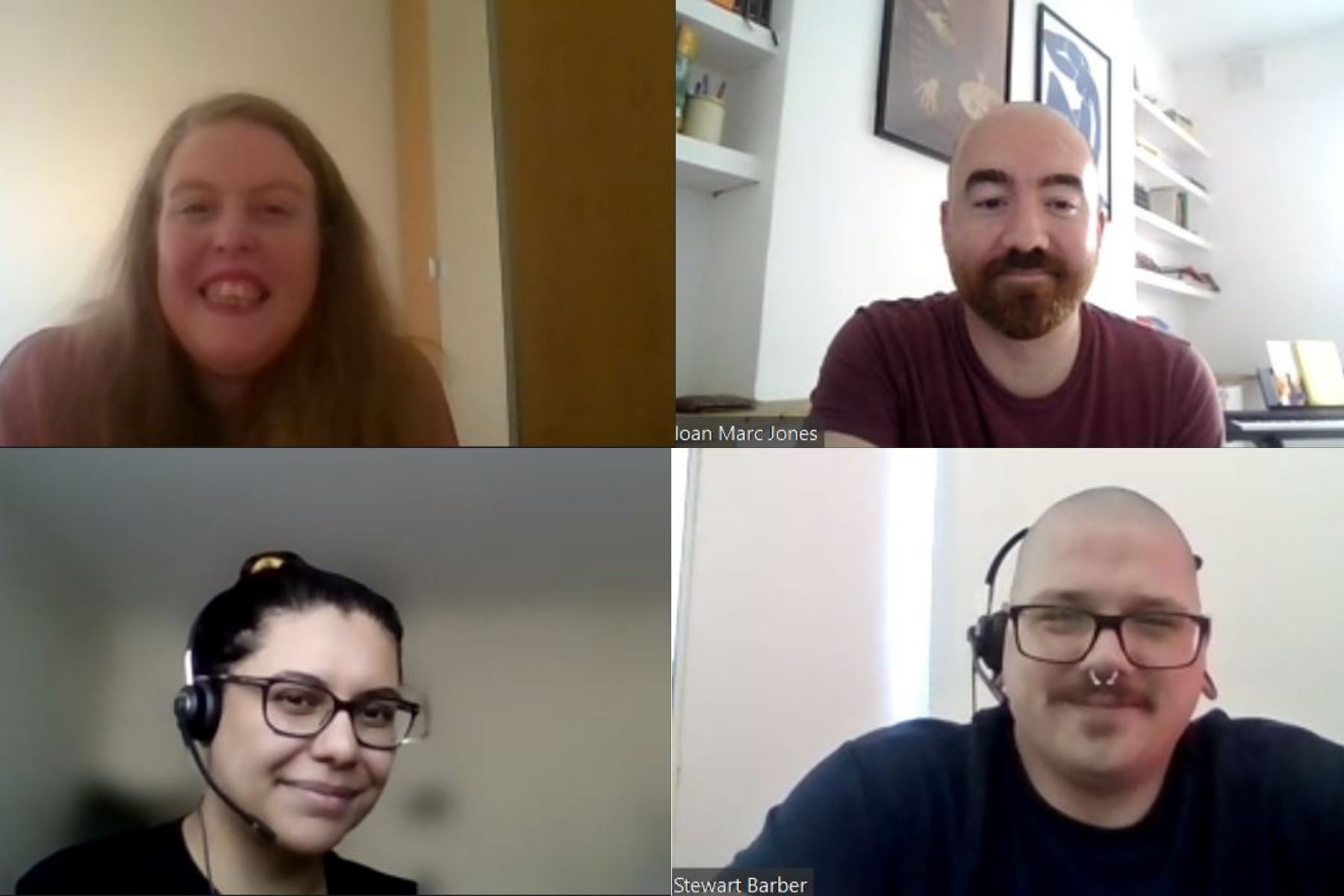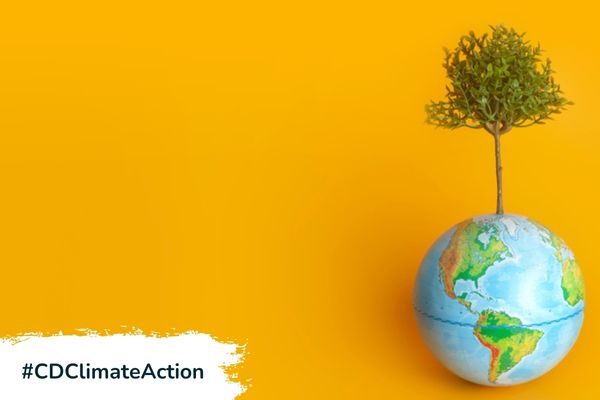Insights
INSIGHTS
All Topics
My Account
Why digital is essential for charity work across the world
15 Mar 2023by Christine Chiu
In this article, we explore how charities can use digital to build bridges across the world, making their operations more efficient and delivering projects from anywhere
Digital tools are essential for helping international teams co-ordinate and work seamlessly together, wherever in the world they are based.
Whether it’s working across time zones or working across remote areas, here’s a round-up of what to use for the globe-trotting workforce.
The benefits of asynchronous working
What’s changed isn’t that the work or purpose is different, but how we like to work. Taking more control over the everyday mean working independently in some cases, and, organising the day by personal preference. This mode of work is more prevalent given people are not coming into the office at the same time, days, and hours any longer.
Asynchronous communication and work stems from the idea that staff work when and wherever they want. Buffer, the social media platform, summarises nicely: “This concept simply means that work doesn’t happen at the same time for everyone.”
The challenges of asynchronous communications are vast. Discussion challenges, project delivery, creativity, and staff isolation are just a few of the things digital strives to overcome. However, progress is being made, particularly when it comes to project management across time zones.
Tech tools for those on-the-go
The mobile phone is a digital tool that facilitates international work. Not only does it do the obvious telephony, but it hosts mobile apps. Here are our top mobile phone tips for the practical international office worker.
A must-have to conquer time zones is the World Time Buddy. The downloadable app lets staff check what time it is anywhere in the world, making coordination easier. Users can set certain office locations so that the time shows up whenever the mobile or desktop app is open.
To keep on top of all the languages, global staff working across time zones need to be able to understand what they are looking at. iTranslate is a simple tool for those doing less sophisticated work. Type in the phrase to translate, and the local language pops out.
The more powerful digital tool is Google Lens. From the mobile phone, charity staff can scan text and Google can translate the it immediately. The desktop app also works – upload images or documents for translation.
One of the best translators is DeepL. Any type of media can be uploaded and translated. The advantage of DeepL over other tools is its ability to make sense of PDF and PowerPoint documents. The added advantage is that the translation is good even if the document is written in technical jargon.
Project management and delivery…from everywhere
Despite the challenges of an international workforce, digital tools for project management are great for working across time zones.
Platforms like Asana and Monday.com bridge the gap. Asana’s project management services let staff from anywhere take ownership of processes while keeping people informed. There’s a Kanban board function for updates, notes, and to-dos so people can pick up where others have left off.
The best part about using the platform is its ability to provide unity – no matter where you are, all the information is standardised across each management feature. The integrations are also a benefit for those who have preferences across Slack, Teams, and just about any other digital widget.
Monday.com offers similar features, however the platform might be more suitable for less complex projects.
Digital helps charities access remote areas
Digital not only conquers time zone and management issues, but allows charities to tap into remote areas.
charity: water is well known for its immersive storytelling, but, it also has top notch tech deployed in the field, including having digital sensors on their wells to detect water levels and flow.
The tech works off of Amazon Web Services and allows the charity to analyse the data remotely before sending out technicians to investigate. From there, staff can work off the data at any point in time, from any location.
WWF also explains how digital works across geographies. They describe the use of Lidar, which is a type of remote sensing with light detection and ranging. The digital device attaches onto a plane and is able to scan forests for flora and fauna, making it an invaluable tool for research and conservation.
Once the data is captured it’s uploaded to conservationists enabling them to “estimate carbon stocks, flood risk, erosion, and the suitability of habitat for wildlife”.
03 Jan 2025by Ioan Marc Jones
Climate change facts you need to know in 2025
03 Jan 2025by Ioan Marc Jones
An A-Z glossary of climate change terms and definitions
Our Events
Charity Digital Academy
Our courses aim, in just three hours, to enhance soft skills and hard skills, boost your knowledge of finance and artificial intelligence, and supercharge your digital capabilities. Check out some of the incredible options by clicking here.



















